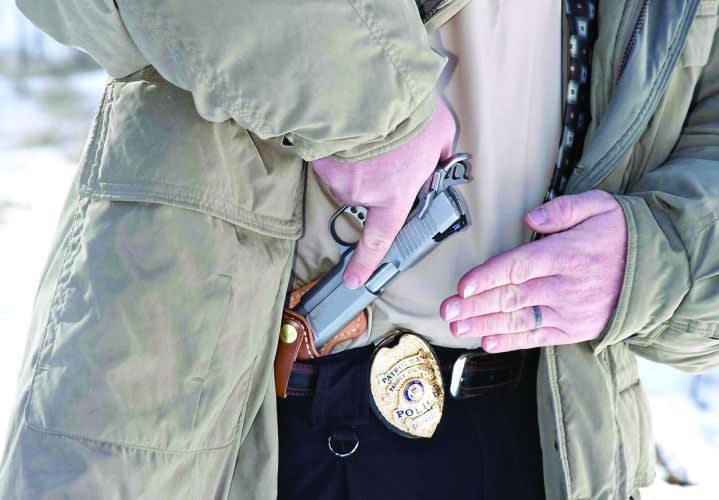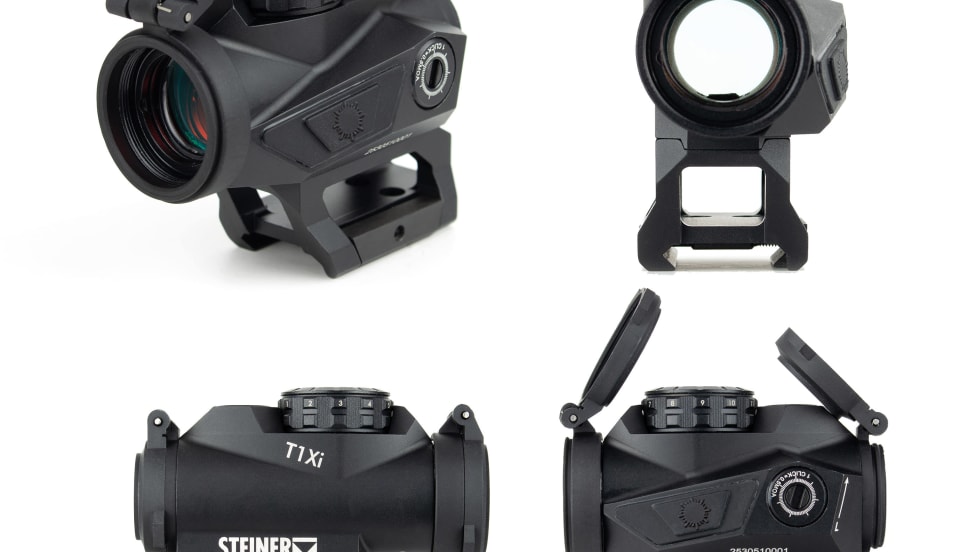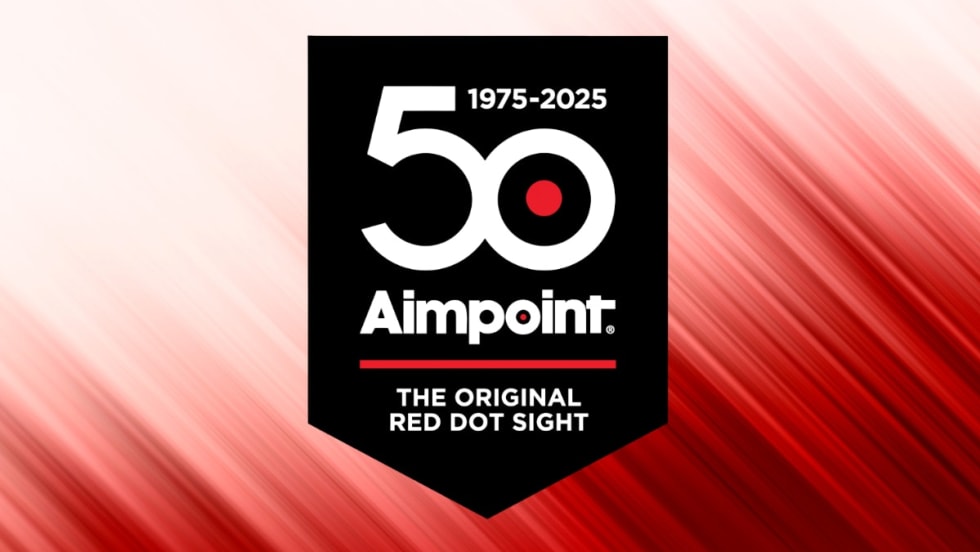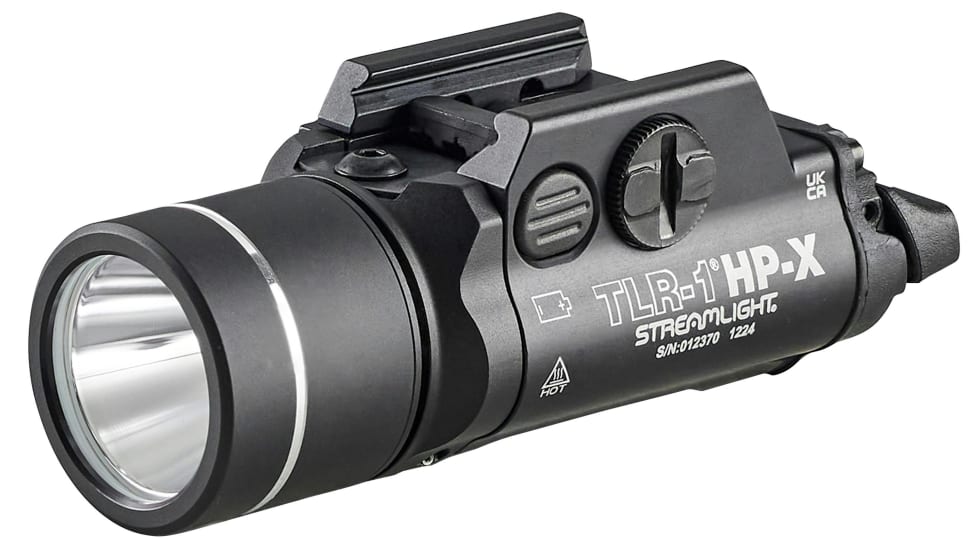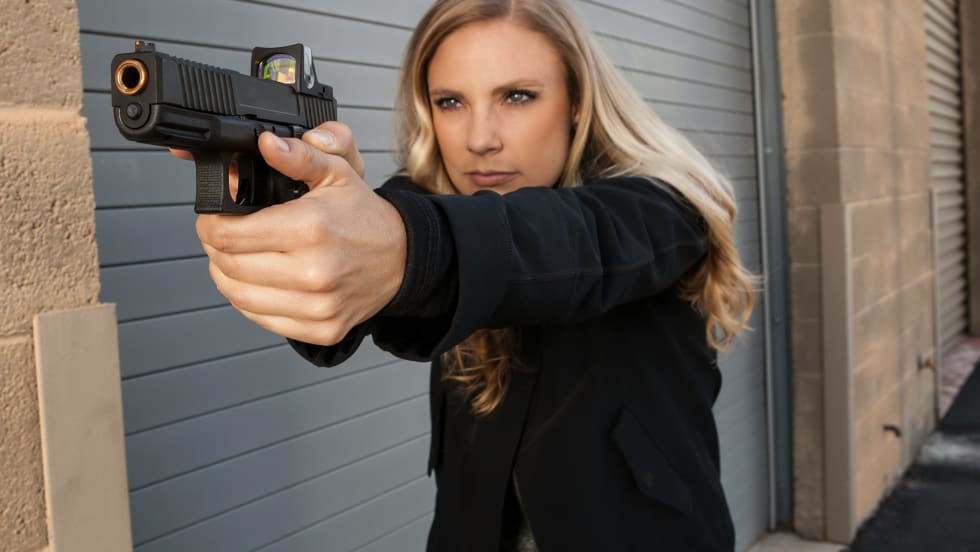Trouble finds you when you are off-duty so you need to be prepared for the worst case scenario and I will suggest to you that this is the bottom line criteria for your off-duty handgun selection. You need to keep in mind that while your duty status has changed gunfight dynamics have not. There is no way to predict what you might be up against and your handgun choice will be especially important because it is the only firearm you are likely to have available. You want to have the largest caliber you are authorized to carry and as much ammo as possible.
I happened to be at John Benner's Tactical Defense Institute helping him with a new class he has just introduced titled "Active Shooter/Killer for Civilians," when the editors of POLICE Magazine contacted me and asked me to write this article. I was able to take advantage of the wealth of knowledge represented by Benner's instructors, many of whom are serving or retired police officers. They gave me three pieces of advice to pass on to you.
The first thing they told me was to always have a handgun with you. There are still far too many officers who don't carry off-duty. Next, stick with your service handgun. Given the variety of concealment holsters available today, you should be able to find one that works for you and dress around the gun. Don't downsize your firearm in order to make a fashion statement. This approach ensures that you have the handgun with which you are the most familiar available when you need it and you don't reduce your stopping power capability.
The next best option is to get the smaller version of your 9mm or .40 caliber service pistol, as with the Glock 17/22 (Standard), Glock 19/23 (Compact), and the Glock 26/27 (Subcompact). There is almost no learning curve here, nothing to forget, since everything works the same. And always have at least one spare magazine with you.
In 1997 an off-duty Barstow, Calif., officer intervened to stop a robbery in a local McDonald's. He killed the robber and ended the threat. That Barstow officer entered the fast-food restaurant with his family unaware that it was being robbed by a lone individual armed with a handgun. Trouble sought this officer out while he was simply spending time with his family. He was quickly involved in a gunfight with the robber.


